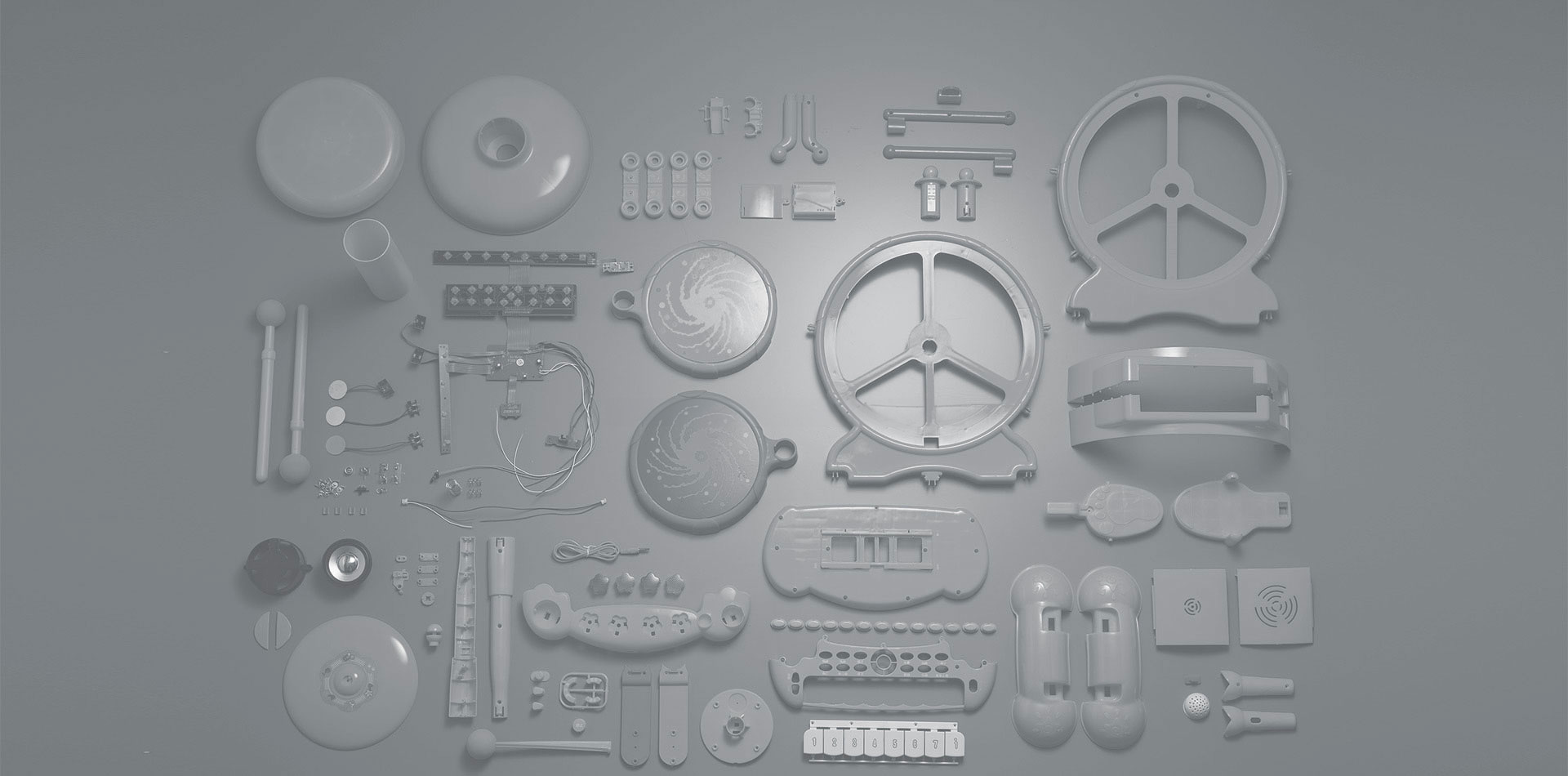Enhancing Hand-Eye Coordination Through Engaging Toys
Release time:
2025-10-05
Hand-eye coordination is a fundamental skill that significantly impacts a child's ability to perform everyday tasks and engage in various activities. It involves the integration of visual input with motor functions, necessitating precise timing and control. One effective way to foster this skill in young learners is through the use of hand-eye coordination toys, specifically designed to challenge
Hand-eye coordination is a fundamental skill that significantly impacts a child's ability to perform everyday tasks and engage in various activities. It involves the integration of visual input with motor functions, necessitating precise timing and control. One effective way to foster this skill in young learners is through the use of hand-eye coordination toys, specifically designed to challenge and enhance these abilities in a playful way.
Toys that promote hand-eye coordination come in various forms, each tailored to develop specific skills. For instance, building blocks or construction sets require children to manipulate pieces with their hands while visually assessing how they fit together. This process not only improves coordination but also encourages creativity and spatial awareness.
Another category of hand-eye coordination toys includes puzzles. When children work on puzzles, they must match shapes and colors, promoting fine motor skills and cognitive development. The act of placing pieces into the correct spots helps refine their ability to coordinate visual information with physical actions. As they progress to more complex puzzles, they also enhance their problem-solving skills, making this type of toy a dual-purpose tool for growth.
Active toys, like balls or flying discs, also play a vital role in developing hand-eye coordination. Engaging in activities such as catching or throwing encourages children to focus on a fast-moving object while reacting quickly to catch it. These types of toys not only improve physical coordination but also foster teamwork and social skills when played with peers.
Artistic toys, such as drawing and painting kits, require children to use their hands in conjunction with their vision to create. These activities promote not only artistic expression but also enhance dexterity and coordination. As children draw or paint, they practice precise movements that are essential for developing strong hand-eye coordination.
Finally, electronic toys that involve interactive gameplay can also be beneficial. Many modern toys incorporate touch screens and motion sensors, requiring children to respond to on-screen stimuli. These toys can make learning hand-eye coordination more engaging through gamification, though it’s essential to balance screen time with physical play.
In summary, hand-eye coordination toys are vital tools in a child's developmental journey, combining fun with functionality. By selecting a diverse range of engaging toys, parents and educators can effectively support the growth of this essential skill, ensuring children are well-equipped for various challenges as they grow. Encouraging interaction with these toys not only boosts physical coordination but also promotes cognitive and social development, making them integral to any child's playtime experience.
Toys that promote hand-eye coordination come in various forms, each tailored to develop specific skills. For instance, building blocks or construction sets require children to manipulate pieces with their hands while visually assessing how they fit together. This process not only improves coordination but also encourages creativity and spatial awareness.
Another category of hand-eye coordination toys includes puzzles. When children work on puzzles, they must match shapes and colors, promoting fine motor skills and cognitive development. The act of placing pieces into the correct spots helps refine their ability to coordinate visual information with physical actions. As they progress to more complex puzzles, they also enhance their problem-solving skills, making this type of toy a dual-purpose tool for growth.
Active toys, like balls or flying discs, also play a vital role in developing hand-eye coordination. Engaging in activities such as catching or throwing encourages children to focus on a fast-moving object while reacting quickly to catch it. These types of toys not only improve physical coordination but also foster teamwork and social skills when played with peers.
Artistic toys, such as drawing and painting kits, require children to use their hands in conjunction with their vision to create. These activities promote not only artistic expression but also enhance dexterity and coordination. As children draw or paint, they practice precise movements that are essential for developing strong hand-eye coordination.
Finally, electronic toys that involve interactive gameplay can also be beneficial. Many modern toys incorporate touch screens and motion sensors, requiring children to respond to on-screen stimuli. These toys can make learning hand-eye coordination more engaging through gamification, though it’s essential to balance screen time with physical play.
In summary, hand-eye coordination toys are vital tools in a child's developmental journey, combining fun with functionality. By selecting a diverse range of engaging toys, parents and educators can effectively support the growth of this essential skill, ensuring children are well-equipped for various challenges as they grow. Encouraging interaction with these toys not only boosts physical coordination but also promotes cognitive and social development, making them integral to any child's playtime experience.

Guangdong Baoli Cultural Development Co..Ltd
NO.2 Cross-west Qujian Road, Fengxin Gangkou Industrial Park, Fengxiang in Chenghai District, Shantou City, Guangdong Province, China
Copyright © Guangdong Baoli Cultural Development Co..Ltd







